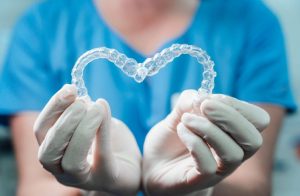In the realm of water recycling technology, commercial reverse osmosis systems play a pivotal role in transforming wastewater into reusable, purified water. These advanced systems utilize a sophisticated process known as reverse osmosis (RO) to treat wastewater after initial filtration stages, such as ultrafiltration.
A commercial reverse osmosis system consists of intricate components designed to ensure efficient water purification. At its core are reverse osmosis membranes, constructed from a specialized membrane flat sheet comprising three essential layers. These layers include a polyester fabric support base, a microporous poly cell phone layer, and a crucial 0.2-micron thick polyamide barrier layer. It is this barrier layer that effectively removes nutrients, chemicals, bacteria, and viruses from the wastewater, ensuring that the final product meets stringent quality standards.
The operation of a commercial reverse osmosis system begins with the feedwater entering the system under pressure. This feedwater passes through a feed channel spacer, which introduces turbulence and creates space between the membrane sheets. This setup optimizes the flow of feedwater and enhances contact with the membrane surface.
As the feedwater progresses through the membrane, small molecules like water permeate through the barrier layer into the permeate channel. This purified water, known as permeate or recycled water product, collects in a core tube for extraction. Meanwhile, larger particles such as salt, bacteria, and viruses are rejected and diverted as concentrate or reject streams.
Commercial reverse osmosis systems are designed with multiple stages to maximize water recovery. For instance, a typical system may comprise several pressure vessels loaded with spiral wound elements, each contributing to extracting recycled water from the feed stream. At facilities like St. Mary’s, these systems are organized into treatment trains, with each stage progressively extracting more recycled water while reducing concentrate waste.
In practical terms, commercial reverse osmosis systems at St. Mary’s process approximately 58 million liters of feedwater daily, achieving an impressive 80% recovery rate. This means that 80% of the incoming wastewater is successfully transformed into reusable, purified water. The remaining concentrate, too saline and impure for further recycling economically, is responsibly treated and discharged.
In conclusion, commercial reverse osmosis systems exemplify cutting-edge water recycling technology, offering sustainable solutions for managing wastewater and promoting environmental stewardship. Their sophisticated design and efficient operation underscore their critical role in meeting the growing demand for clean water in various industrial and commercial applications.




